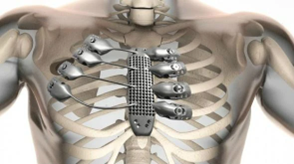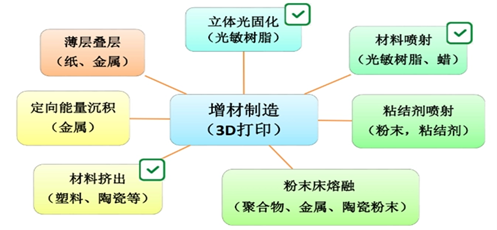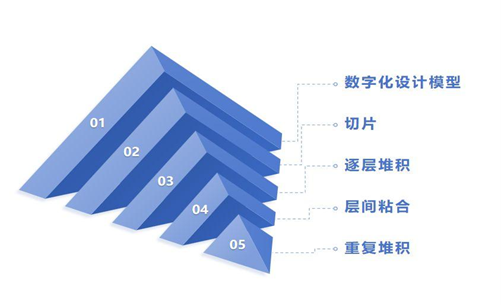

Popular Science Illuminates Life
01
3D Printing Technology
1. Development History
In today’s technological world, a highly regarded revolutionary technology is transforming the way manufacturing and innovation occur at an astonishing pace. This technology is 3D printing. As a digital manufacturing tool, it is sparking a global transformation and showcasing its limitless potential across multiple fields.
3D printing, also known as additive manufacturing technology, is a method of creating solid parts based on three-dimensional CAD data through layer-by-layer material accumulation. The historical development of 3D printing technology is a process of continuous advancement and expansion.
In the 1980s, early 3D printing technology began to emerge. This stage of technology was referred to as rapid prototyping, with the core idea being to print objects layer by layer based on digital models to achieve rapid prototype manufacturing. From the 1990s to the early 21st century, the technology gradually matured, being applied not only in industrial design, model making, and prototype manufacturing but also penetrating fields such as medical, aerospace, automotive, and construction. Entering the 21st century, 3D printing technology achieved even more significant breakthroughs, capable of printing complex structures and precision components, as well as multi-material and multi-color printing. This has made 3D printing applications more extensive and in-depth in manufacturing, medical, aerospace, and other fields.

3D Printed Car Urbee

3D Printed Chest Cavity
2. Technology Classification
Various types of 3D printing technologies have been developed, each with different functions. According to ASTM standard F2792, ASTM classifies 3D printing technologies into seven categories, including binder jetting, directed energy deposition, material extrusion, material jetting, powder bed fusion, sheet lamination, and vat polymerization.

Technology Classification
02
3D Printing Process
The general process of additive manufacturing is as follows: first, a three-dimensional model is designed using computer-aided modeling software (such as CAD software). Then, slicing software processes this model, and the 3D printer selects a forming method from various principles, printing the raw materials layer by layer according to these working paths. When the two-dimensional slices are stacked together, the designed three-dimensional model is formed. Finally, after removing the printed model, post-processing is required, generally including cleaning and curing steps.

Basic Working Principle
03
Overcoming Challenges in 3D Printing
As a revolutionary manufacturing technology, 3D printing faces a series of challenges in its continuous development process. Key challenges include limitations in material properties, improvements in printing speed and precision, cost-effectiveness enhancements, demands for intelligent manufacturing and standardization, as well as education and talent cultivation.
Addressing these challenges requires collaborative efforts from industry, academia, and government sectors globally. Developing new materials, optimizing printing processes, reducing costs, advancing the standardization of intelligent manufacturing, and improving talent cultivation levels are all key directions for overcoming these challenges. Through cross-disciplinary collaboration and innovation, it is hoped that these challenges can be overcome, further promoting innovation and development in the industry.
END
Text: Partially sourced from the internet (will delete if infringing)
Layout: Tian Pengcheng
Editorial Board: Wang Jiaqi, Cao Tianhao
Review: Liu Kun, Zheng Yating, Zhang Bosheng
Supervision: Zhang Haiyang
Produced by: Student Science and Technology Association of Xinhua University
Recommended Reading:

2024 Campus Culture and Arts Festival Highlights | 20th Campus Short Drama Competition

Announcement on the Reform of the Graduate Student Union for the 2024-2025 Academic Year at Beihua University of Aeronautics and Astronautics

Winter Solstice Feast, Did You Eat Dumplings Today? 🥟
